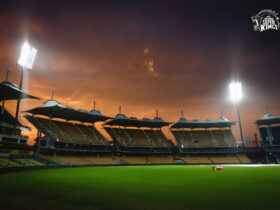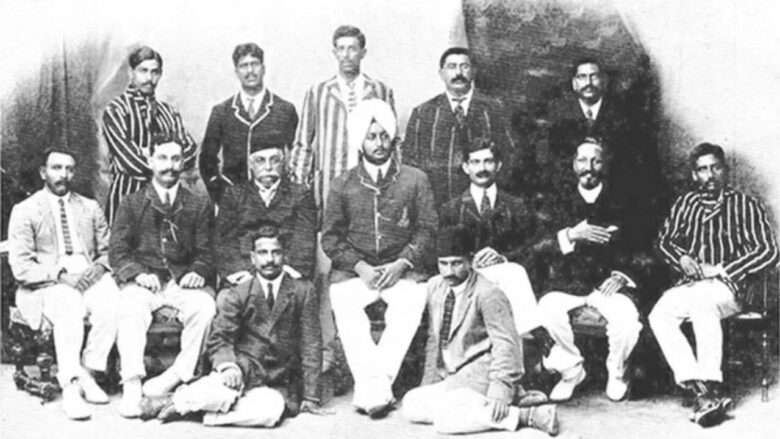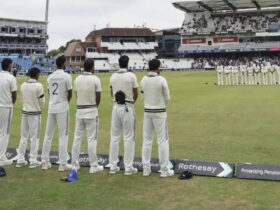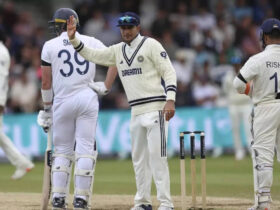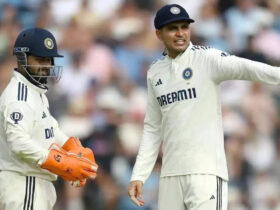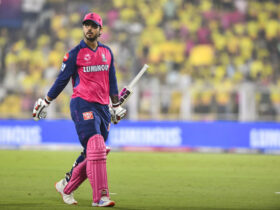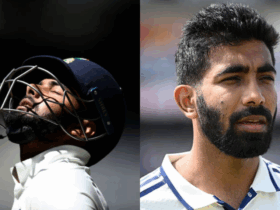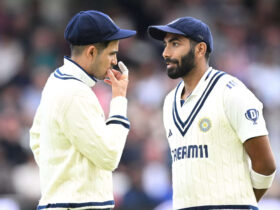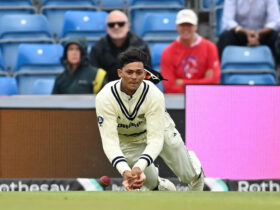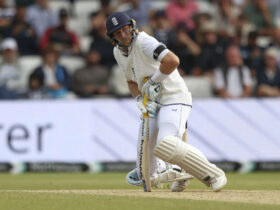India’s Historic 1911 Cricket Tour of England: The Dawn of a Cricketing Legacy
In the annals of Indian cricket, few chapters are as poignant and foundational as the summer of 1911. As ships sliced through the restless waters of the Atlantic, one vessel carried a team of cricketers who bore not just bats and balls but the unspoken aspirations of a nation under colonial rule. This was no ordinary journey; it marked India’s first-ever cricket tour of England, a bold voyage that planted the seeds of a cricketing legacy on the fields of the British Empire.
At the helm stood the young Maharaja Bhupinder Singh of Patiala, a 19-year-old royal whose passion for cricket was matched by his princely duties. However, his on-field presence was fleeting, as illness and obligations forced him to step back early in the tour. The true leader emerged in the form of Palwankar Baloo, a left-arm spinner whose wizardry with the ball mesmerized English County batters. Baloo, a Dalit cricketer who shattered caste barriers with every wicket, was not just a player but a symbol of resilience. His personal story of overcoming systemic oppression was as gripping as any match-winning spell, and his tally of over 100 wickets on the tour earned him reluctant admiration from even the most skeptical English critics.
The Indian squad was a microcosm of the country’s diversity, uniting Parsis, Hindus, Muslims, and Sikhs at a time when such harmony was rare. Long before political movements galvanized the nation, it was cricket that offered a fleeting glimpse of unity, inspiring Indians to dream as one. This team wasn’t just playing a game; they were making a statement—challenging the might of the colonizer on their own turf with every run scored and wicket taken.
The tour’s results painted a picture of grit amid struggle. Across 23 first-class matches, India secured six victories, suffered 15 losses, and drew twice. Yet, statistics barely scratch the surface of their journey. The team faced formidable English professionals on wet, unfamiliar wickets, battled the biting cold of an English summer, and carried the burden of being pioneers in a sport dominated by the Empire. While batters like S. Colah and J. Mistry showed flashes of brilliance, the Indian batting often faltered against the swinging ball and lush green pitches. It was Baloo’s relentless bowling that kept the team’s flag flying high.
Every ground they played on—be it Leicestershire, Yorkshire, or Surrey—witnessed a quiet revolution. The sight of an Indian XI donning whites and matching strides with their colonial rulers was a powerful image, one that resonated far beyond the boundary ropes. Though critics back then harped on the team’s inconsistent fielding and lack of fitness, in the eyes of a subjugated nation, these men were heroes. Their courage laid the groundwork for future triumphs, even if immediate glory eluded them.
Looking back, the 1911 tour is often overshadowed by later milestones, such as India’s first Test match in 1932 or their rise to global dominance in the 21st century. Yet, it was this voyage that marked the genesis of Indian cricket’s international journey. Two decades after this historic tour, India earned Test status, and a century later, they would become a powerhouse, winning multiple World Cups and producing legends like Sachin Tendulkar and Virat Kohli. But it all began with those eleven men who dared to cross the Atlantic in the summer of 1911, proving that even under the shadow of oppression, the spirit of cricket could shine.
As we celebrate India’s modern cricketing achievements, let us not forget the pioneers of 1911. Their story is not just about a game; it is about defiance, dreams, and the unyielding will to carve a place for India on the global stage. That summer, on the green fields of England, a legacy was born—one that continues to inspire generations of cricketers and fans alike.




